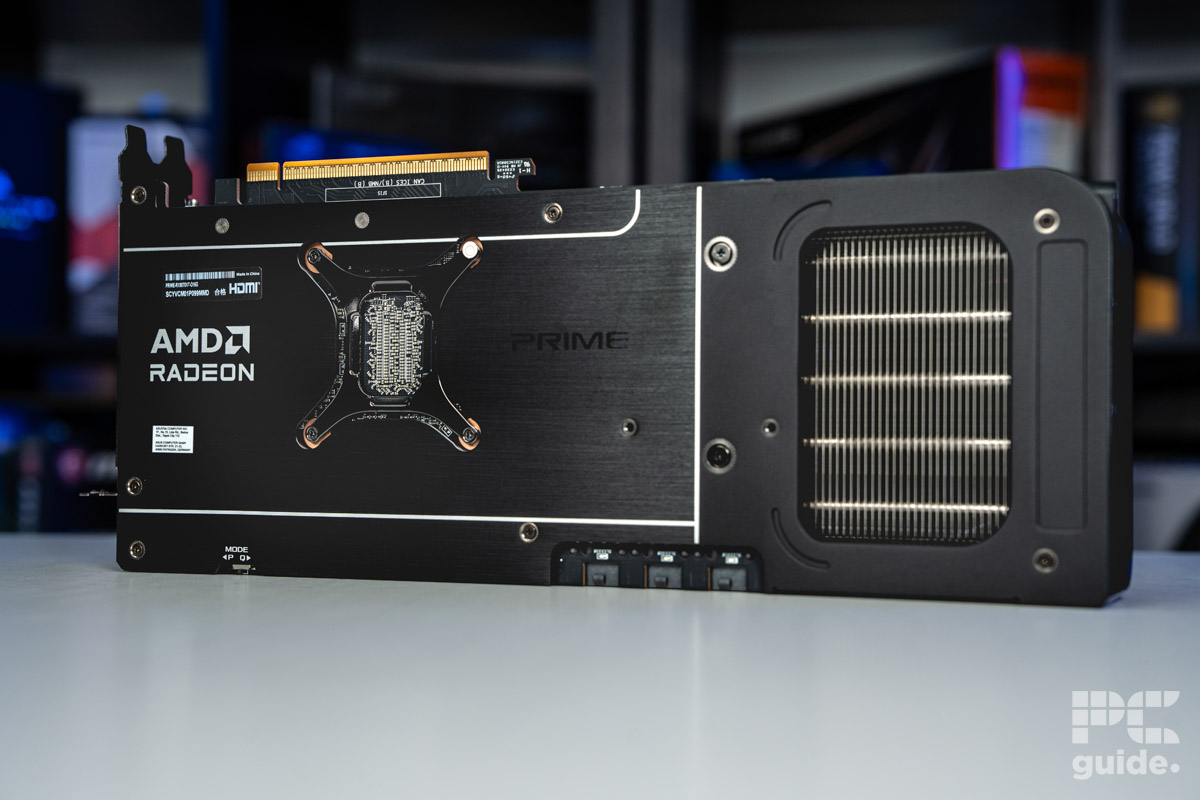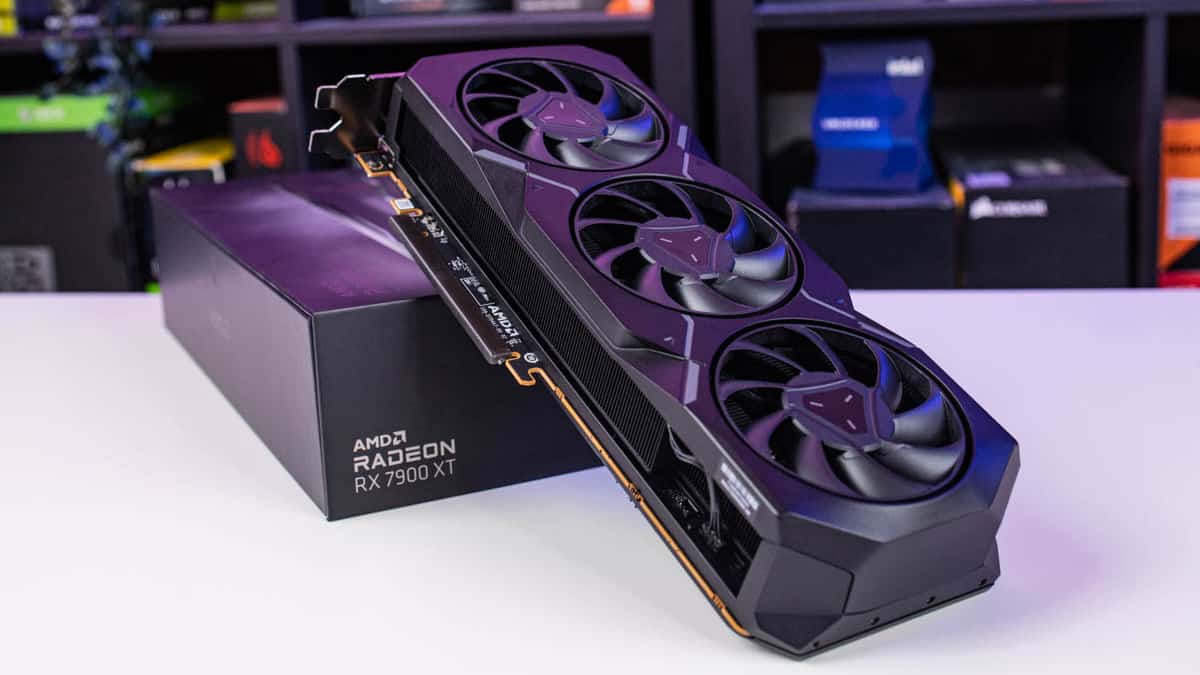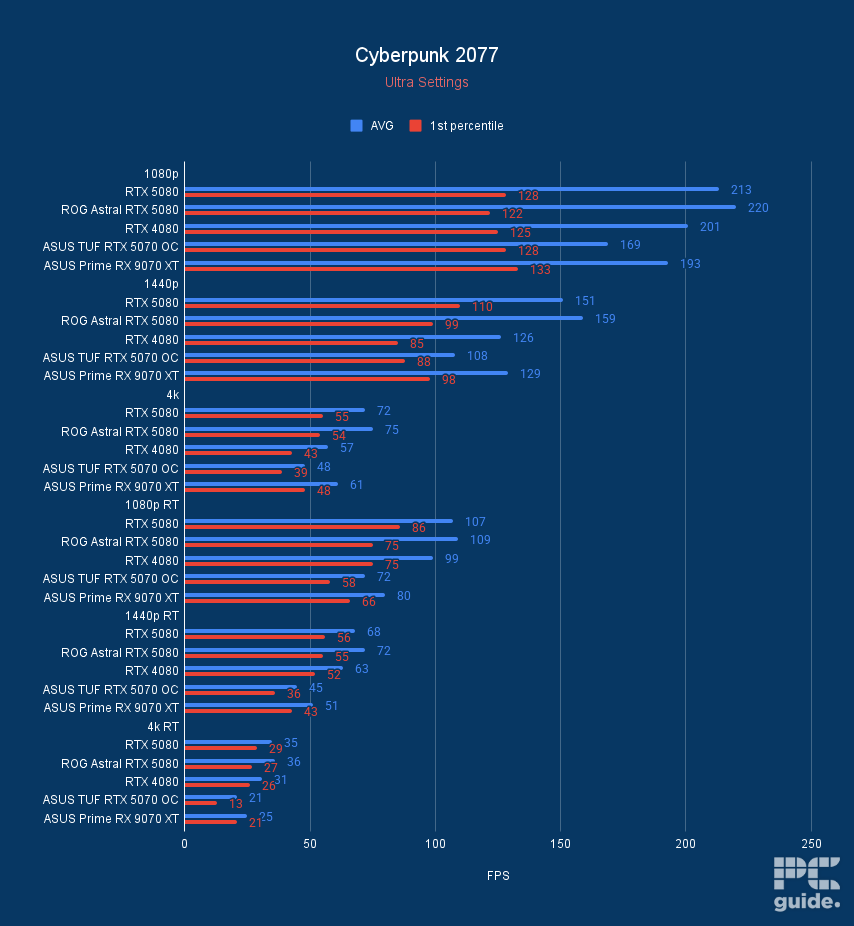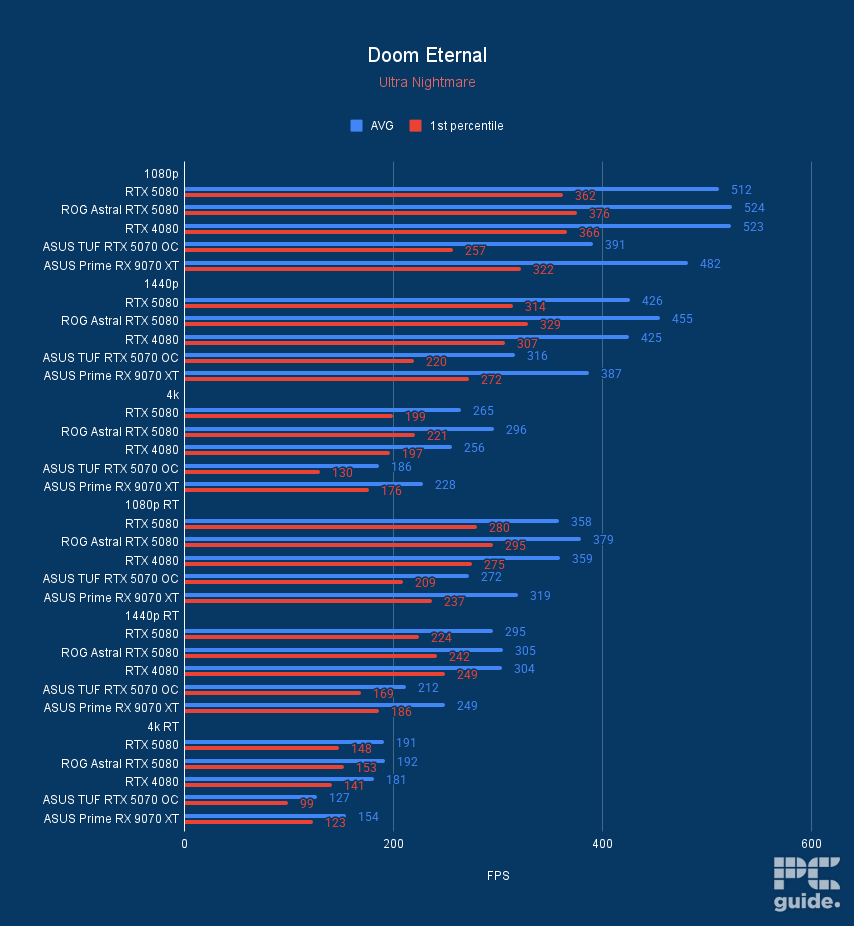RX 9070 XT vs RX 7900 XT specs and performance comparison – what you need to know
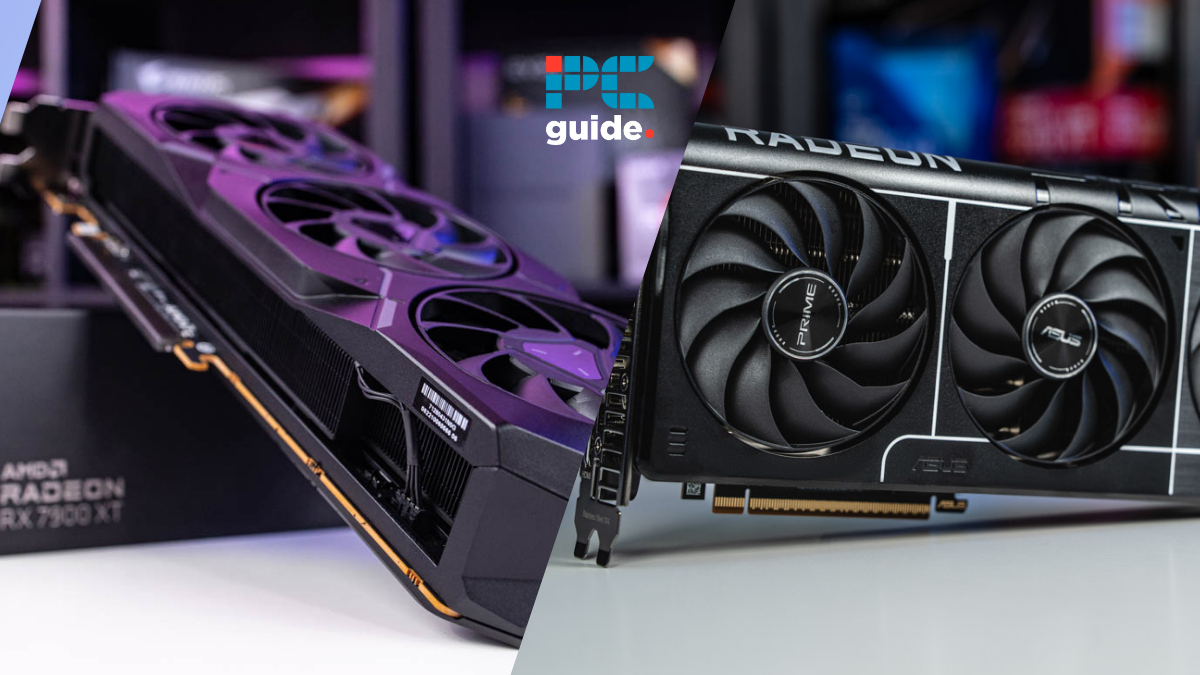
Table of Contents
The RX 9070 XT made huge waves after its launch, and the RDNA 2 architecture enabled it to even outperform the RTX 5080 in some titles. So, it seems like AMD delivered on the hype surrounding this card as the community wanted a well-priced GPU that could compete with Nvidia, and AMD priced it just right.
The only aspect left is to verify AMD's claim that it can outperform the RTX 5070 Ti, which costs significantly more. In addition, we’ve reviewed the RX 9070 XT OC, and it demolished the RTX 5070 in gaming and synthetic performance while the 5080 was mostly ahead of it, but it did manage to close the gap in some aspects, and 4K results were neck and neck, which is simply impressive.
Taking that into account, we might see that the RX 9070 XT outperform the RX 7900 XT, as the 5070 Ti and RTX 5080 have better performance in gaming based on various reviews available online and our own. That being said, we'll compare these cards based on their specifications and performance benchmarks to get to the bottom of this.
RX 9070 XT vs RX 7900 XT specs comparison
Here’s a quick look at how these two cards stack up side-by-side.
| Specifications | RX 9070 XT | RX 7900 XT |
| Compute units | 64 | 84 |
| RT Accelerators | 64 | 84 |
| AI Accelerators | 128 | 168 |
| Peak AI TOPS | 1557 TOPS | – |
| Boost clock speed | 2.97 GHz | 2.4 GHZ |
| Memory | 16GB GDDR6 | 20GB GDDR6 |
| TDP | 304W | 315W |
| Connectivity | PCIe 5.0 x16 | PCIe 4.0 x16 |
| Display | DisplayPort 2.1a, HDMI 2.1b | DisplayPort 2.1, HDMI 2.1 |
Performance
At first glance, the RX 9070 XT seems to be at a disadvantage based on specifications as the RX 7900 XT has more of everything, but what we can't see will determine the outcome of this battle. The RX 9070 XT is based on RDNA 4, has 2nd generation AI cores, and features FSR 4, which the RX 7900 XT doesn't have.
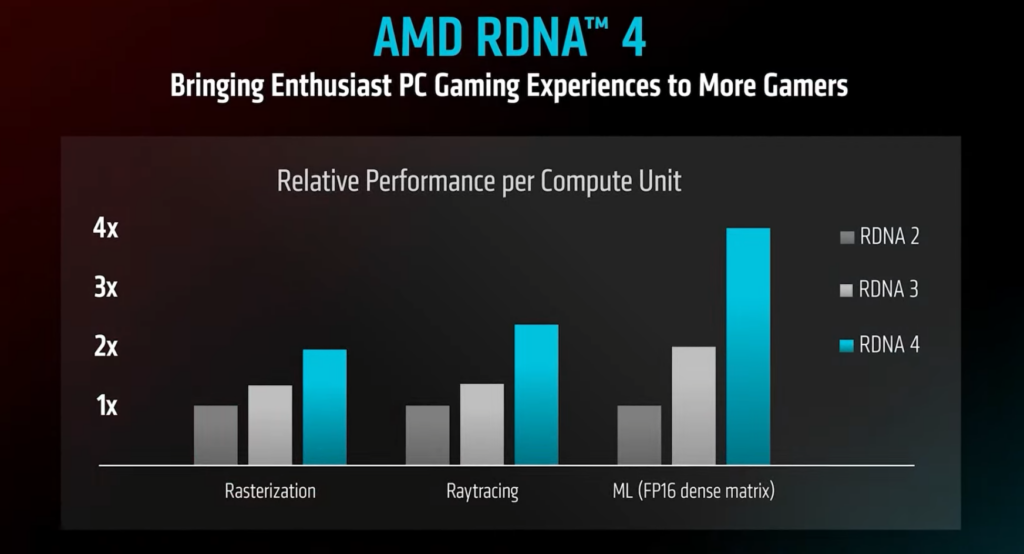
RX 9070 XT vs RX 7900 XT 4K performance
Since we thoroughly tested these GPUs, we have all of their performance benchmarks, including 4K performance. For this section, we’ll use the results they showcased in Cyberpunk 2077 and Doom Eternal. The first is one of the most graphically demanding titles, while the second is the most well-optimized, and the last one is easy to render but is one of the most widely played games..
The RX 7900 XT delivered excellent gaming performance as it managed 62 FPS in Cyberpunk 2077 at 4K, 195 FPS in Doom Eternal, and 313 FPS in Counter-Strike. This output is impressive as these are native results without the help of FSR 3. On the other hand, the RX 9070 XT managed 61 FPS, which is only 1 FPS shy of what the 7900 XT delivered, and with the help of FSR 4, it can easily increase the performance gap.
In Doom Eternal, the 9070 XT managed 228 FPS, which is 15% better output at 4K. Besides that, there were also a lot of the other titles that weren’t mutually tested between these GPUs, but the 9070 XT ran all of them with excellent frame rates. On top of that, we compared it with the RTX 5080 and RTX 5070 OC in its review, which comes with a hefty price tag, so just based on the price difference, the RX 9070 XT is a significantly better GPU to opt for.
RX 9070 XT vs RX 7900 XT 1440p performance
1440p is relatively much easier to render for GPUs as it contains less data and is often referred to as the sweet spot for GPUs as the visual quality is much better than 1080p but still isn’t as taxing as rendering 4K frames. So, when we ran these games at 2K, we got 119 FPS in Cyberpunk 2077 and 349 FPS in Doom Eternal.
On the other hand, the RX 9070 XT managed 129 FPS in Cyberpunk 2077, which is an 8% performance increment, and in Doom Eternal, the gap grew even further as this GPU delivered 387, a 10% difference. While 8% and 10% might not seem like a lot, this is a decent increase. Remember that we test the GPUs natively without enabling DLSS/FSR, so there is always more overhead for better performance by leveraging those technologies.
RX 9070 XT vs RX 7900 XT synthetic performance
To gauge their synthetic performance, we ran a handful of benchmarking software, but we’ll use 3DMark to showcase the performance difference. We ran Fire Strike Ultra, Time Spy Extreme, and Port Royal. The first two are used to gauge how well a GPU can render 4K graphics, while the third is used to test real-time ray tracing.
In Fire Strike Ultra, the RX 7900 XT managed 17,137 points, while the RX 9070 XT delivered 17,604 points, which is only a 2% difference, but different tests deliver varying results as there are various elements at play. In Time Spy Extreme, the 7900 XT got 12,275 points, while the RX 9070 XT managed 14,275, which is a 15% better performance and shows how different benchmark tests can deliver different results for the same graphics cards.
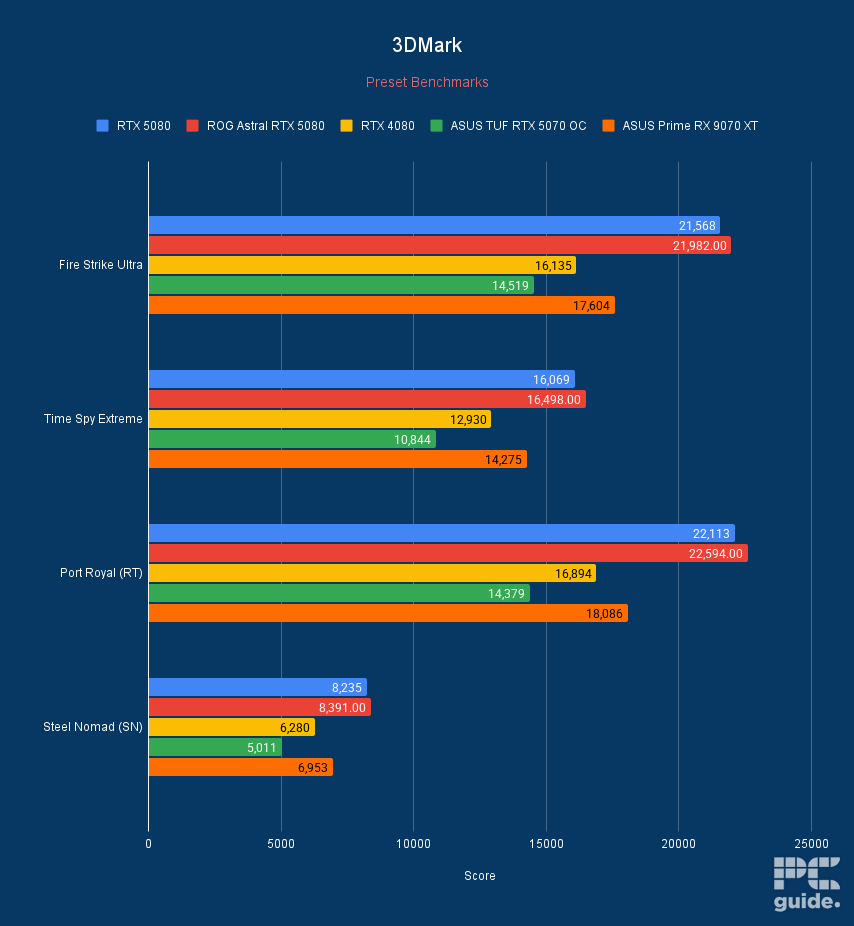
However, in Port Royal, the RX 7900 XT managed 13,237 while the latter delivered 18086 points. So, the latter is 30% better in real-time ray tracing, and while AMD has been at an advantage when it comes to RT, it seems like Team Red has made significant advancements in that technology from the Radeon 7000 GPUs.
Power draw
The RX 9070 XT can match and go beyond the capabilities of the RX 7900 XT, and it is a massive blow to the Radeon 7000 GPUs as an important factor that many are considering, especially after the cable melting issues of RTX 50-series GPUs is the power draw.
The RX 7900 XT is the second most powerful GPU of the Radeon 7000 lineup and has a 315W power draw, while the RX 9070 XT has a 304W TDP. So, if they have similar performance, the RX 9070 XT should easily become the preferred option as it can deliver great performance while consuming less power, which will reflect on your electricity bills in the long run.
Price
The RX 7900 XT was released with a $899 MSRP, while the RX 9070 XT has significantly cut back the cost and has a price of $599. This is a $300 difference, which is a huge amount and can be diverted to other aspects of your PC, like upgrading to an AM5 motherboard or swapping for more DDR5 RAM or Gen 5 SDDs.
On Amazon, there aren't many options available for the RX 7900 XT that are in stock, and the only one we were able to find is the MSI Gaming Radeon RX 7900 XT with a price of $1,186.85, which is $287.85 more than its MSRP. On the other hand, AMD promised excellent stock availability at launch, and they delivered, but the sheer demand for these new GPUs has currently put these GPUs out of stock.
We can’t say when they’ll be back in stock, but if you were looking to put together a new gaming PC, you can check out these prebuilt gaming PCs that feature the RX 9070 XT.
Verdict
The competition between the RX 9070 XT and the RX 7900 XT was close, but ultimately, the former delivered better gaming and synthetic performance than the latter. In addition, the 7900 XT isn’t getting FSR 4, which would’ve enabled it to compete better, but since only the 9070 XT has it in its arsenal, it can increase the gaming output significantly.
In addition, the RX 9070 XT offers significantly better value for money as the third-party RX 7900 XT’s cost much more than their MSRP, and you should be able to easily score an RX 9070 XT or the OC variant in that amount.
